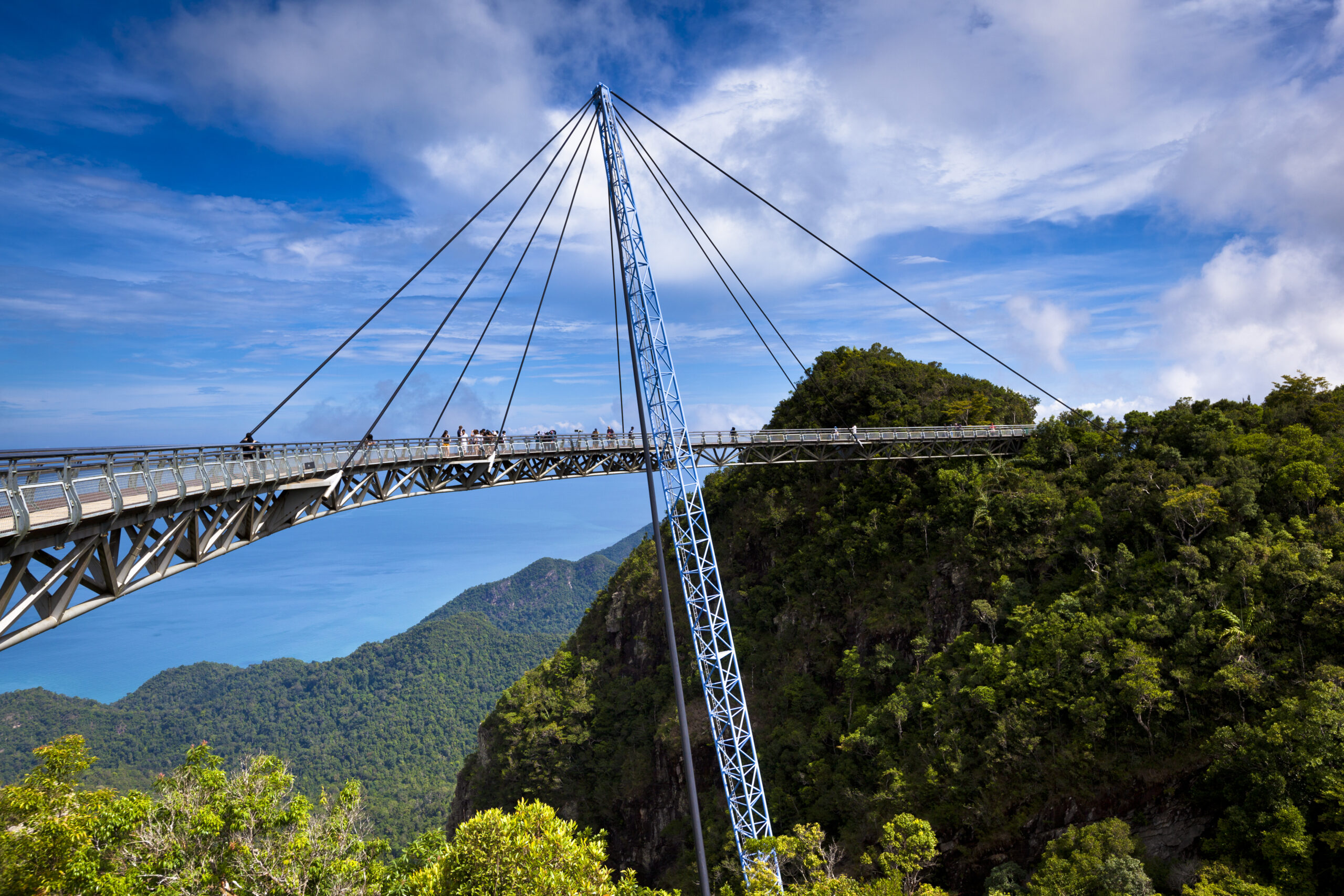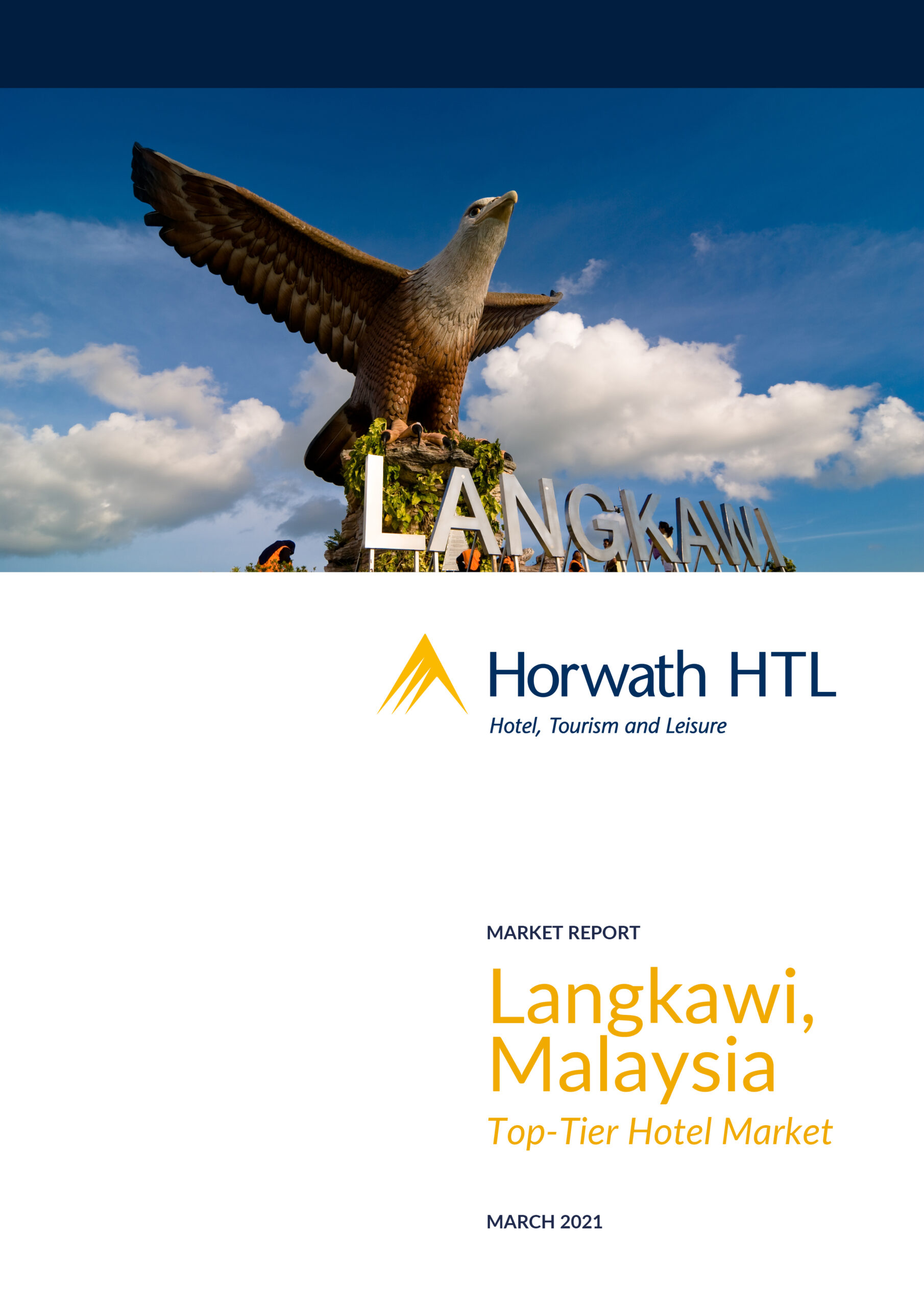
Report
Langkawi, Malaysia: Top-Tier Hotel Market
Langkawi, known as "the Jewel of Kedah," has evolved significantly since hosting the Commonwealth Heads of Government Meeting in 1989. This event catalyzed its transformation into a major tourist destination, supported by the construction of an international airport and the island's designation as a duty-free district.
Today, Langkawi is globally recognized for its luxury and upper-upscale resorts along its picturesque coastline.
Market Overview
Tourism is a critical economic driver for Langkawi, surpassing traditional sectors like agriculture and fishing. The island is part of the Northern Corridor Economic Region (NCER) development program, which aims to boost economic growth through tourism. Langkawi’s designation as a UNESCO Global Geopark underscores its appeal, attracting tourists with its natural beauty and cultural heritage.
Visitor Arrivals
Langkawi’s tourism saw steady growth until 2019, reaching 3.9 million tourists. The COVID-19 pandemic caused a sharp decline in arrivals in 2020. Historically, spikes in visitor numbers were driven by tourists from China, Australia, Russia, and the Middle East. The Langkawi International Airport’s expansion in 2018 increased its capacity, contributing to an 8.1% rise in tourist arrivals in 2019.
Guest Profile and Seasonality
Langkawi’s top-tier hotels cater to high-spending guests, including:
- Europeans, primarily from the UK, seeking exotic, warm climates.
- Wealthy families and young couples.
- Chinese tourists with high disposable income.
Seasonality plays a significant role, with peak periods during Chinese New Year, mid-term holidays, and the northern hemisphere’s summer holidays. The rainy season from September to November sees a drop in leisure demand.
Hotel Performance by Segment
- Luxury Hotels (ADR > MYR1,500): This segment includes five-star properties. Performance fluctuations were noted due to renovations and new openings like The Datai and Ritz-Carlton.
- 2019: High occupancy buoyed by new flights from Qatar Airways and the reopening of The Datai.
- Upper-Upscale Hotels (ADR MYR500 – 1,000): ADR increased year-over-year, peaking in 2018 before a slight dip in 2019 as hotels adjusted rates to maintain occupancy.
Overall, Langkawi’s top-tier hotel occupancy remained above 65% from 2015 to 2019, peaking at 71% in 2017.
Market Mix
- Direct FIT (50%): Langkawi’s reputation as a premium leisure destination attracts significant direct bookings.
- Wholesale FIT (35%): Contributes to base demand, mainly from China and Europe.
- MICE (9%): Although Langkawi lags behind Kota Kinabalu and Penang in MICE demand, it attracts corporate meetings and destination weddings.
Nationality Mix (2019)
- Europe (29%): Largest contributor, particularly from the UK.
- China (12%): Growing market, especially for international-branded resorts.
- Middle East (11%): Attracted by detached villas and luxury accommodations.
- Domestic (14%): Primarily for staycations and short holidays.
Future Outlook
Langkawi’s top-tier resorts are expected to recover slowly in 2021, with continued improvement in occupancy from 2023 to 2026. The market ADR is projected to grow year-on-year at 5% from 2020 to 2029. New luxury and upper-upscale hotels, along with enhanced air connectivity, will drive future growth.
Download the report
For detailed charts, graphs, and further analysis, download the full report here




